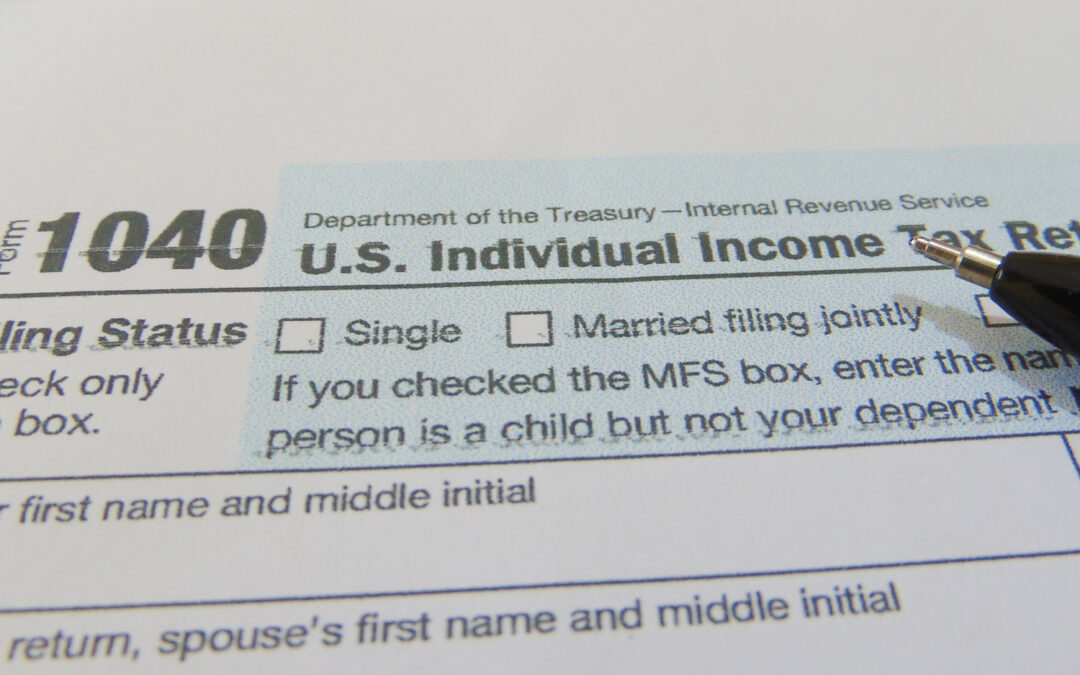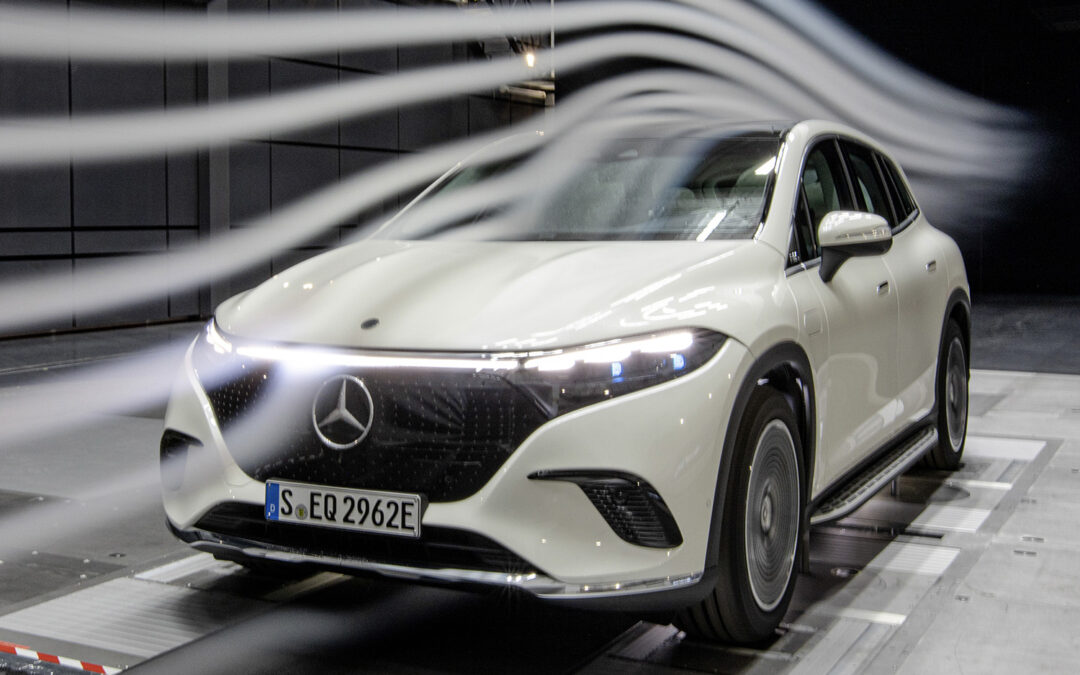Ever heard of EV charging equity? Unless we address it, that tiny phrase is likely to become a defining line between socioeconomic classes for a generation.

Plugging Into the Future
A Guide to Understanding Electric Vehicles
Archive

Ever heard of EV charging equity? Unless we address it, that tiny phrase is likely to become a defining line between socioeconomic classes for a generation.

A Plug-In Hybrid Electric Vehicle (or PHEV) can be a solid option for many EV buyers. In fact, it may be the only viable option for many would-be consumers.

With so many incentives available (including the IRS EV tax credit), you want to figure out what you’re eligible for before buying an EV. Let’s break it down.

EVs require far less maintenance than gasoline-powered cars. That said, regular EV maintenance is required; luckily, there are a few tasks you can do yourself.

With news of Ford’s use of the NACS plug and Tesla Superchargers taking the media by storm, what happens next? Here are some of our theories.

The answer isn’t so simple. Whether or not EVs are more expensive to operate than gas cars all boils down to when, where, and how you charge your car.

We may eventually run out of cheap lithium. We’ll also run out of oil, and the sun will run out of hydrogen. But hey, at least we’ve still got about 1,000 years’ worth left.

No. Yes. I mean, technically EVs could be considered at least a little coal-powered, depending on where you live and plug in. And that’s OK.

EVs allow for a different driving technique known as “one-pedal driving.” But new drivers shouldn’t discover it on the way out of the dealer’s parking lot.

Aerodynamic drag has a lot more of an impact on EVs than one might expect. Small changes can have big impacts, and air is a huge force to be reckoned with in regards to vehicle design.